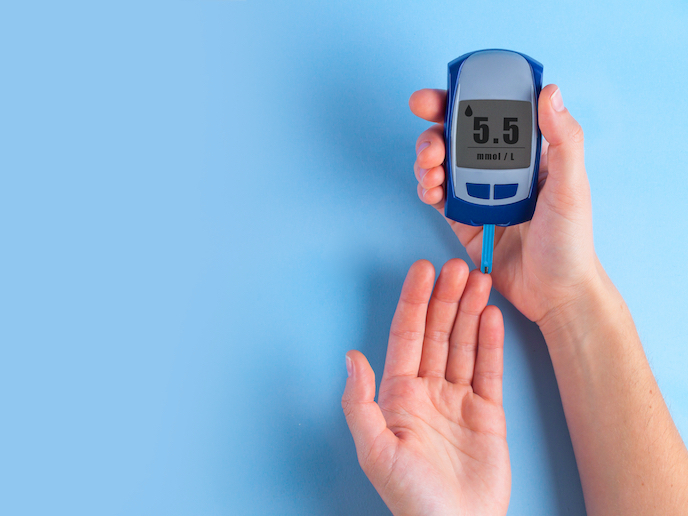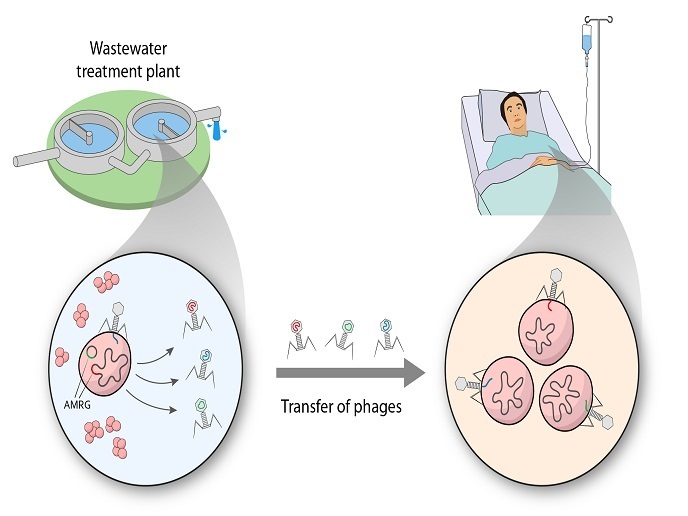Brownian ratchet can find viruses hiding in water
Detecting extremely dilute particles in nanofluidic systems is difficult due to the slow rate of diffusion, which limits the speed with which a particle of interest meets with a sensor. The EU-funded MoViD project used active transport to funnel particles of interest toward a sensor, potentially achieving previously impossible levels of sensitivity. As few as 10 virus particles in a litre of water can result in infection, but detecting contamination at these quantities is not possible. Typically, samples of drinking water are pre-filtered and concentrated up to 1 000 times in order to collect enough virus particles to be detected by genetic fingerprinting.
Attomolar sensitivity
The proof of concept device conceived by Armin Knoll and his team at IBM Research Europe in Switzerland uses nano-sized channels to separate objects by size, before actively transporting them into detection reservoirs. This allows sensitivity in attomolar concentrations – the equivalent of detecting a litre of dye poured into the Mediterranean Sea. “Active transport can fish out all of the elements in question from a certain volume of fluid and transport it to the detector area,” says Knoll. “We locally enhance particle concentration by orders of magnitude.” To achieve this, the team created what they call a rocking Brownian motor. Brownian motion refers to the random jiggling movement nanoparticles in solution make as they are nudged back and forth by water molecules. The motor works using a serrated pattern etched into the surface of the nanofluidic device, which allows these particles to move in one direction but not the other.
Energy landscape
“If you confine the particle between the ratchet geometry and the glass surface, an energy landscape is established,” explains Knoll. “Then we apply an electric field to bring particles out of equilibrium and move them.” By carefully calibrating the charge applied to the sample, the team was able to selectively move particles of a particular size, focussing the concentration step on virus particles. The process is akin to shaking a jar of mixed nuts, which encourages the largest nuts to migrate to the top of the jar and the smallest to the bottom. “In 1 hour we can trap every virus in a 5 microlitre sample,” notes Knoll. The team also employs optical methods based on interferometric microscopy in order to detect the concentrated viruses and determine their number. In addition, once the virus particles have been concentrated, they can be recovered from the nanofluidic device for further processing.
New limits
The project was supported by the European Research Council. “Without this funding we would not have been able to start in this direction,” says Knoll. “We are making progress, but it’s not yet there, we can detect viruses but cannot demonstrate concentration yet.” He adds: “Now we want to see the limits of what we can detect, what can be built and what sensitivity can be reached.” The work is intended to help elucidate how viruses spread in the environment, providing continuous monitoring of waterways without the time-consuming process of concentration and genetic analysis. Detecting viruses in more complex fluids, such as blood samples, is also a possibility the team is exploring.
Keywords
MoViD, virus, dilute, attomolar, solution, browning, motion, ratchet, interferometric, electric, field







